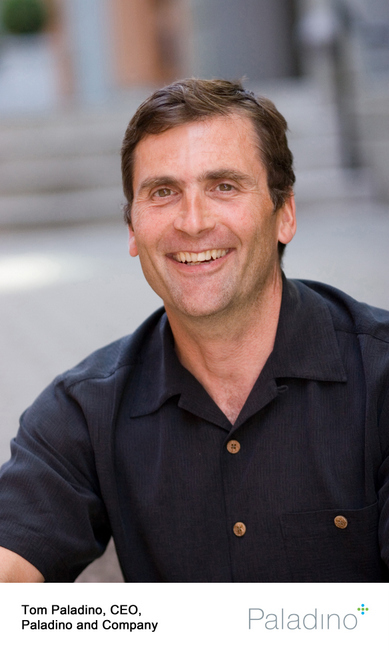The concept of sustainable design is taking significant steps forward, according to one expert, but it still has a way to go. While efforts are expanding into the planning stages and incorporating operations and asset management as well, hard data evidence of results are still missing, affirms Tom Paladino, founder of consulting firm Paladino and Co. Without that data, most developers are treating new-construction efforts on a one-off basis rather than taking a more programmatic approach to sustainable construction. Certification programs are both proliferating and expanding, offering more options to put an official seal of approval on local materials, efficiency measures and other improvements. And research is picking up, too, for instance through the Greenprint Foundation, which is collecting data from a growing number of companies to track carbon emissions, with some very lofty goals for the industry at large. But those efforts are focused on cleaning up the environment, Paladino notes, who was instrumental in developing the U.S. Green Building Council’s Leadership in Energy and Environmental Design certification program, directed its pilot program and has been technical editor and author of the version 4 reference guides. While environmental improvements are certainly a worthwhile pursuit, nobody is really studying property performance to determine the best business results. For instance, while the industry can measure a leasable area, opinions differ on specifics that combine to create a daylit building that contributes to productivity gain—let alone can they precisely measure what that productivity gain is. The result is that only a few developers are approaching application of sustainable design in multiple projects systematically, with business performance goals in mind. Expansion of the sustainability team might help further those tracking efforts. While there are 200,000 LEED APs out in the market now, there are few other types...

